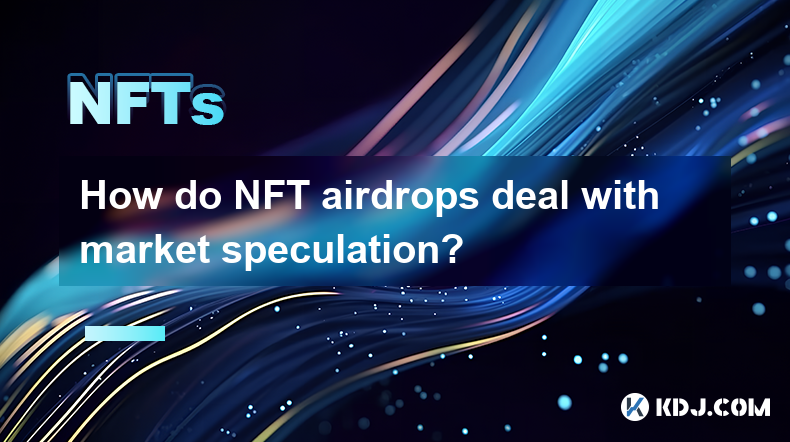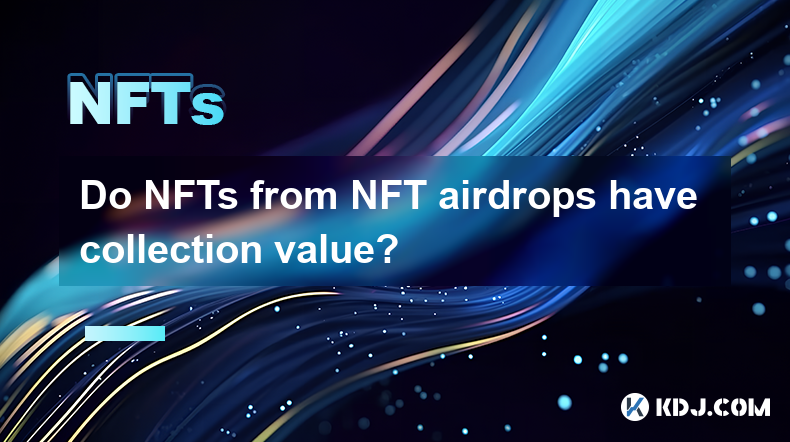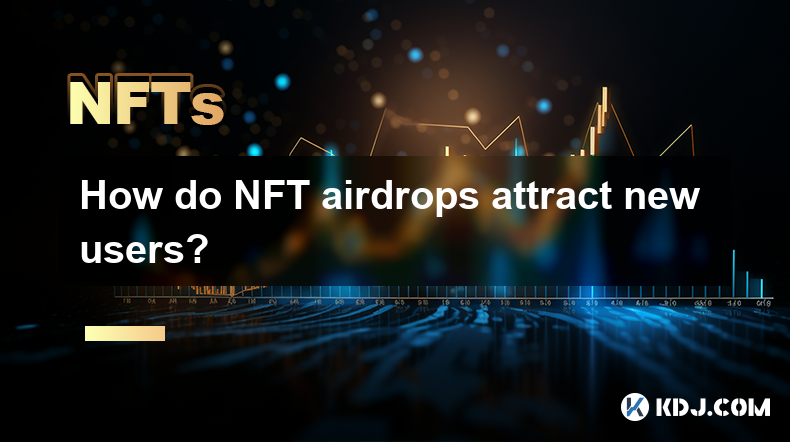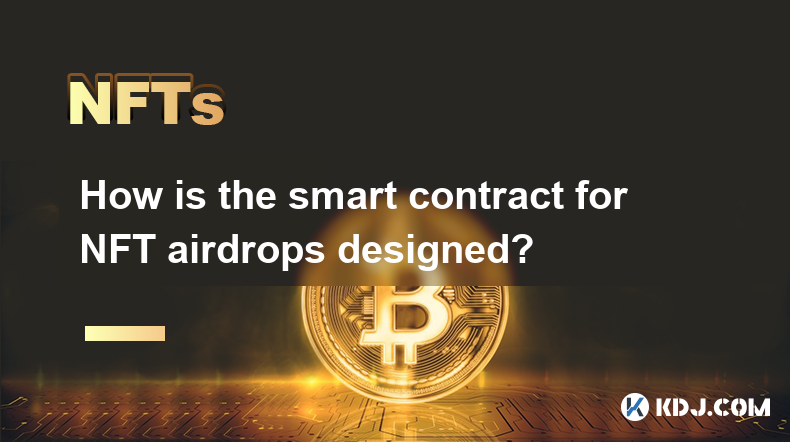-
 Bitcoin
Bitcoin $87,985.5737
0.72% -
 Ethereum
Ethereum $1,574.8026
-3.90% -
 Tether USDt
Tether USDt $0.9999
0.00% -
 XRP
XRP $2.0783
-1.83% -
 BNB
BNB $600.4630
-0.57% -
 Solana
Solana $138.7268
-1.43% -
 USDC
USDC $1.0000
0.00% -
 Dogecoin
Dogecoin $0.1604
-0.49% -
 TRON
TRON $0.2468
0.93% -
 Cardano
Cardano $0.6232
-2.68% -
 Chainlink
Chainlink $13.0447
-3.65% -
 UNUS SED LEO
UNUS SED LEO $9.1903
-2.36% -
 Avalanche
Avalanche $19.7884
-0.95% -
 Stellar
Stellar $0.2455
-2.64% -
 Toncoin
Toncoin $2.9136
-3.77% -
 Shiba Inu
Shiba Inu $0.0...01234
-3.12% -
 Sui
Sui $2.2351
0.79% -
 Hedera
Hedera $0.1701
-0.34% -
 Bitcoin Cash
Bitcoin Cash $343.8870
1.52% -
 Hyperliquid
Hyperliquid $18.4355
1.81% -
 Litecoin
Litecoin $78.5146
-0.23% -
 Polkadot
Polkadot $3.7235
-4.61% -
 Dai
Dai $1.0000
0.00% -
 Bitget Token
Bitget Token $4.4307
-2.55% -
 Ethena USDe
Ethena USDe $0.9992
-0.01% -
 Pi
Pi $0.6322
-0.72% -
 Monero
Monero $215.4354
-0.09% -
 Pepe
Pepe $0.0...07934
0.95% -
 Uniswap
Uniswap $5.2398
-3.49% -
 OKB
OKB $50.8827
-0.49%
How do I avoid high gas fees in NFT transactions?
To minimize high gas fees in NFT transactions on Ethereum, use Layer 2 solutions, batch transactions, time them strategically, and optimize settings.
Apr 18, 2025 at 04:28 am

When engaging in NFT transactions, one of the most significant concerns for participants is the high gas fees associated with Ethereum's blockchain. Gas fees are payments made to miners for processing transactions and executing smart contracts on the Ethereum network. Due to the high demand for NFT transactions, these fees can sometimes become prohibitively expensive. Fortunately, there are several strategies you can employ to minimize these costs. In this article, we will explore various methods to avoid high gas fees in NFT transactions.
Understanding Gas Fees and Their Impact on NFT Transactions
Before delving into the strategies for avoiding high gas fees, it is crucial to understand what they are and how they impact NFT transactions. Gas fees are calculated based on the computational effort required to process a transaction or execute a smart contract. The more complex the transaction, the higher the gas fee. During periods of high network congestion, such as during popular NFT drops, the demand for transaction processing increases, driving up the gas fees.
The impact of high gas fees on NFT transactions can be significant. For instance, if you are buying or selling an NFT, a substantial portion of your transaction could be eaten up by these fees, reducing the net value of your trade. Therefore, finding ways to minimize these fees is essential for maximizing the value of your NFT transactions.
Timing Your Transactions Strategically
One of the most effective ways to avoid high gas fees is to time your transactions strategically. Gas fees tend to fluctuate throughout the day, with peak times often occurring during the evening hours in the United States when more people are active on the network. By monitoring gas fee trends and executing your transactions during off-peak hours, you can significantly reduce the costs.
To implement this strategy, you can use tools like Etherscan or Eth Gas Station to track gas prices in real-time. These platforms provide insights into current gas prices and historical data, allowing you to identify the best times to execute your transactions. For instance, if you notice that gas fees are consistently lower during the early morning hours, you might choose to schedule your NFT transactions during this time.
Using Layer 2 Solutions
Another approach to minimizing gas fees is to utilize Layer 2 solutions. Layer 2 solutions are protocols built on top of the Ethereum blockchain that help to scale the network and reduce transaction costs. Some popular Layer 2 solutions for NFT transactions include Polygon (formerly Matic), Immutable X, and Optimism.
To use a Layer 2 solution for your NFT transactions, follow these steps:
- Choose a Layer 2 platform: Research and select a Layer 2 solution that supports NFT transactions and aligns with your needs.
- Bridge your assets: Transfer your Ethereum and NFTs to the Layer 2 network using the platform's bridging mechanism. This typically involves sending your assets to a specific address provided by the Layer 2 solution.
- Conduct your transactions: Once your assets are on the Layer 2 network, you can buy, sell, or trade NFTs with significantly lower gas fees.
- Withdraw your assets: After completing your transactions, you can bridge your assets back to the Ethereum mainnet if needed.
By leveraging Layer 2 solutions, you can enjoy the benefits of the Ethereum ecosystem while avoiding the high gas fees associated with the mainnet.
Batching Transactions
Batching transactions is another effective strategy for reducing gas fees. Batching involves combining multiple transactions into a single transaction, thereby reducing the overall gas cost. This approach is particularly useful for NFT creators who need to mint multiple NFTs or for collectors who want to buy several NFTs at once.
To batch your transactions, you can use smart contract platforms like OpenZeppelin or Hardhat to create and deploy a custom smart contract that allows for batch processing. Here's how you can do it:
- Write a smart contract: Develop a smart contract that includes a function for batching transactions. This function should allow you to specify multiple operations (e.g., minting multiple NFTs) in a single call.
- Deploy the smart contract: Deploy your smart contract to the Ethereum network using a tool like Remix or Truffle.
- Execute the batch transaction: Call the batching function in your smart contract, passing in the necessary parameters for each operation. This will execute all the specified operations in a single transaction, reducing the gas fees.
By batching your transactions, you can save on gas fees and streamline your NFT operations.
Using Gasless Transactions
Gasless transactions, also known as meta-transactions, are another innovative way to avoid high gas fees. Gasless transactions allow users to execute transactions without paying gas fees directly. Instead, the gas costs are covered by a third party, such as the NFT platform or a sponsor.
To take advantage of gasless transactions, you need to use platforms that support this feature. Some popular platforms that offer gasless transactions for NFTs include OpenSea and Rarible. Here's how you can use gasless transactions on these platforms:
- Create or connect your wallet: Set up a compatible wallet (e.g., MetaMask) and connect it to the platform.
- List or buy NFTs: When listing or buying NFTs, look for the option to use gasless transactions. This option is usually labeled as "gasless" or "meta-transaction."
- Authorize the transaction: Follow the platform's prompts to authorize the transaction. The gas fees will be covered by the platform or a sponsor, allowing you to complete the transaction without incurring direct costs.
By using gasless transactions, you can enjoy the benefits of NFT trading without worrying about high gas fees.
Optimizing Transaction Settings
Finally, optimizing your transaction settings can also help you avoid high gas fees. Ethereum transactions allow you to specify the gas price and gas limit, which directly impact the cost of your transaction. By adjusting these settings, you can find a balance between transaction speed and cost.
To optimize your transaction settings, follow these steps:
- Set a reasonable gas price: Use tools like Etherscan or Eth Gas Station to determine a suitable gas price. Setting a lower gas price can reduce your costs but may result in longer transaction times.
- Adjust the gas limit: The gas limit specifies the maximum amount of gas you are willing to spend on a transaction. Ensure that the gas limit is set appropriately for your transaction to avoid overpaying.
- Use gas price oracles: Some wallets and platforms offer gas price oracles that automatically adjust the gas price based on current network conditions. Enabling this feature can help you optimize your transaction costs.
By carefully managing your transaction settings, you can minimize gas fees and make your NFT transactions more cost-effective.
Frequently Asked Questions
Q: Can I use these strategies on other blockchain networks besides Ethereum?
A: While the strategies discussed in this article are primarily focused on the Ethereum network, some can be adapted for use on other blockchain networks. For instance, timing transactions and optimizing transaction settings are applicable to any blockchain that uses a similar fee structure. However, Layer 2 solutions and gasless transactions are specific to Ethereum and its ecosystem.
Q: Are there any risks associated with using Layer 2 solutions for NFT transactions?
A: Yes, there are some risks associated with using Layer 2 solutions. These include potential security vulnerabilities, the need to bridge assets between networks, and the possibility of delays in transaction processing. It's essential to research and choose reputable Layer 2 solutions to mitigate these risks.
Q: How can I stay updated on gas fee trends and optimal transaction times?
A: To stay updated on gas fee trends and optimal transaction times, you can use tools like Etherscan, Eth Gas Station, or Gas Now. These platforms provide real-time data and historical trends, helping you make informed decisions about when to execute your transactions.
Q: Are there any platforms that offer gas fee refunds for NFT transactions?
A: Some platforms, like OpenSea, have introduced gas fee refund programs for certain types of transactions. These programs are designed to help users recover some of the gas fees incurred during NFT transactions. However, the availability and terms of these programs can vary, so it's important to check the specific platform's policies.
Disclaimer:info@kdj.com
The information provided is not trading advice. kdj.com does not assume any responsibility for any investments made based on the information provided in this article. Cryptocurrencies are highly volatile and it is highly recommended that you invest with caution after thorough research!
If you believe that the content used on this website infringes your copyright, please contact us immediately (info@kdj.com) and we will delete it promptly.
- Reserve Protocol's RSR token surges over 13% after Coinbase listing announcement
- 2025-04-22 13:40:11
- Bitcoin (BTC) May Soon Mirror Gold's Price Trajectory, Setting Up a $450,000 Target by Year-End
- 2025-04-22 13:40:11
- PEPE price prediction: Bullish breakout could be the start of a rally
- 2025-04-22 13:35:12
- Pi Network (PI) Price Prediction: Experts Forecast Jump to $5
- 2025-04-22 13:35:12
- 4 Altcoins That Will Explode in 2025: What Web3 ai, XRP, Cardano, and PEPE Are Signaling Now
- 2025-04-22 13:30:12
- Mantra (OM) founder and CEO John Patrick Mullin has started unstaking 150 million of his Mantra (OM) tokens
- 2025-04-22 13:30:12
Related knowledge

How to display and trade NFTs from NFT airdrops?
Apr 18,2025 at 04:42am
How to Display and Trade NFTs from NFT Airdrops? NFT airdrops have become a popular way for projects to distribute their tokens and engage with their community. If you've received NFTs through an airdrop, you might be wondering how to display and trade them. This article will guide you through the process step-by-step, ensuring you can showcase your NFT...

How do NFT airdrops deal with market speculation?
Apr 20,2025 at 10:28pm
NFT airdrops have become a significant phenomenon in the cryptocurrency space, often used as a marketing tool to distribute tokens or digital assets to a wide audience. However, they also introduce elements of market speculation that can impact the value and perception of NFTs. This article explores how NFT airdrops deal with market speculation, delving...

Do NFTs from NFT airdrops have collection value?
Apr 18,2025 at 11:49pm
NFTs, or non-fungible tokens, have become a significant part of the cryptocurrency ecosystem, and NFT airdrops are one way for projects to distribute these digital assets to their community. A common question that arises is whether NFTs received from airdrops have any collection value. To answer this question, we need to delve into various aspects of NF...

How do NFT airdrops attract new users?
Apr 21,2025 at 07:21am
NFT airdrops have become a popular strategy within the cryptocurrency community to attract new users and engage existing ones. By distributing free NFTs to a targeted audience, projects can create buzz, increase visibility, and foster a sense of community. This method leverages the allure of free digital assets to draw in participants who might not have...

How is the smart contract for NFT airdrops designed?
Apr 18,2025 at 03:10am
The design of a smart contract for NFT airdrops is a complex process that requires careful consideration of various factors to ensure the airdrop is executed smoothly and securely. This article will delve into the intricacies of how such a smart contract is designed, focusing on key components, security measures, and the implementation process. Key Comp...

Will NFT airdrops affect the market value of NFT?
Apr 22,2025 at 06:56am
The impact of NFT airdrops on the market value of NFTs is a topic of significant interest within the cryptocurrency and digital asset community. NFT airdrops, where creators or platforms distribute free NFTs to a targeted group of recipients, can have various effects on the market value of NFTs. This article delves into the different ways NFT airdrops c...

How to display and trade NFTs from NFT airdrops?
Apr 18,2025 at 04:42am
How to Display and Trade NFTs from NFT Airdrops? NFT airdrops have become a popular way for projects to distribute their tokens and engage with their community. If you've received NFTs through an airdrop, you might be wondering how to display and trade them. This article will guide you through the process step-by-step, ensuring you can showcase your NFT...

How do NFT airdrops deal with market speculation?
Apr 20,2025 at 10:28pm
NFT airdrops have become a significant phenomenon in the cryptocurrency space, often used as a marketing tool to distribute tokens or digital assets to a wide audience. However, they also introduce elements of market speculation that can impact the value and perception of NFTs. This article explores how NFT airdrops deal with market speculation, delving...

Do NFTs from NFT airdrops have collection value?
Apr 18,2025 at 11:49pm
NFTs, or non-fungible tokens, have become a significant part of the cryptocurrency ecosystem, and NFT airdrops are one way for projects to distribute these digital assets to their community. A common question that arises is whether NFTs received from airdrops have any collection value. To answer this question, we need to delve into various aspects of NF...

How do NFT airdrops attract new users?
Apr 21,2025 at 07:21am
NFT airdrops have become a popular strategy within the cryptocurrency community to attract new users and engage existing ones. By distributing free NFTs to a targeted audience, projects can create buzz, increase visibility, and foster a sense of community. This method leverages the allure of free digital assets to draw in participants who might not have...

How is the smart contract for NFT airdrops designed?
Apr 18,2025 at 03:10am
The design of a smart contract for NFT airdrops is a complex process that requires careful consideration of various factors to ensure the airdrop is executed smoothly and securely. This article will delve into the intricacies of how such a smart contract is designed, focusing on key components, security measures, and the implementation process. Key Comp...

Will NFT airdrops affect the market value of NFT?
Apr 22,2025 at 06:56am
The impact of NFT airdrops on the market value of NFTs is a topic of significant interest within the cryptocurrency and digital asset community. NFT airdrops, where creators or platforms distribute free NFTs to a targeted group of recipients, can have various effects on the market value of NFTs. This article delves into the different ways NFT airdrops c...
See all articles























































































